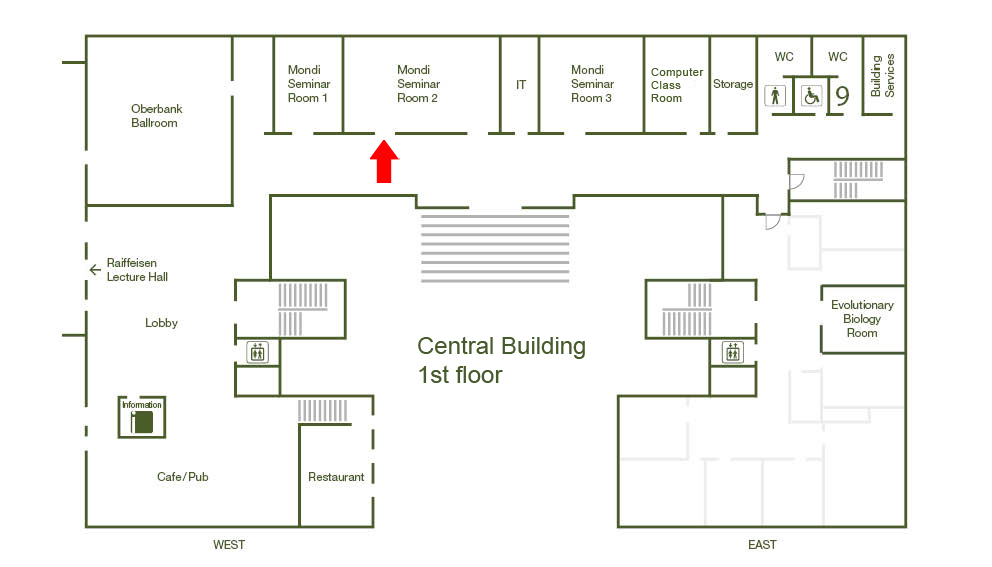Kohgaku Eguchi and Roshan Satapathy

Speaker: Koghaku Eguchi (Postdoc, Shigemoto group)
Title:
Alternative splicing of CaV2.1-EF-hand regulates coupling between calcium influx-synaptic vesicle exocytosis
Abstract
Tight coupling between voltage-gated calcium channels (VGCCs) and the sensors of neurotransmitter release is crucial for fast and efficient synaptic transmission. At parallel fiber (PF)-Purkinje cell (PC) synapses in mouse cerebellum, the coupling tightens during synaptic maturation in parallel with a switching of expression from EFb to EFa splicing isoforms of the P/Q-type VGCC (Cav2.1) EF-hand. In hippocampal pyramidal neurons, the Cav2.1[EFa] isoform has been reported to exhibit the higher synaptic efficacy than the Cav2.1[EFb] isoform. Thus, the transition of the Cav2.1-EF hand isoforms may play a causal role in tightening the coupling at PF synapses. To address this hypothesis, we generated a knock-in mice expressing only Cav2.1[EFb] in a Cre-dependent manner and crossed them with E3CreN driver mice expressing Cre selectively in cerebellar granule cells. We then used electrophysiology and SDS-digested freeze-fracture replica labeling to compare the coupling distance at PF-PC synapses in these mice (EFb mice) and wild-type (WT) mice, which predominantly express the EFa variant. A slow Ca2+ chelator EGTA attenuated neurotransmitter release stronger, indicating a looser coupling, in EFb than in WT mice. Direct measurement of the distance between gold particles for Cav2.1 and vesicle docking site marker proteins in replica samples showed significantly longer nearest neighbor distances at the active zone in EFb than WT mice, supporting the results of the electrophysiological results. These results suggest that the splicing transition of the Cav2.1-EF hand at PF synapses induces a developmental tightening of Ca2+ influx-release coupling.
Speaker: Roshan Satapathy (PhD. Jösch group)
Title:
Estimation of self-motion in insects is mediated by interaction between LPTCs
Abstract :
Animals rely on visual cues to compute self-motion for course stabilization. In flies, self-motion is estimated primarily by a network of optic flow-sensitive neurons called lobula plate tangential cells (LPTCs). While these neurons have been characterized in great detail, the mechanism by which their outputs are transformed into specific motor commands for course control is largely unknown. We hypothesize that interaction and exchange of information between LPTCs is essential for the correct interpretation of optic flow and subsequent generation of stabilizing responses. In this talk, I will present two complementary approaches that we developed for studying these interactions.
First, we generated a FlpStop based genetic cassette to disrupt gap junctions between LPTCs in order to explore the role of electrical coupling in the network. Using this newly generated mutant, we show that estimation of self-motion requires binocular integration of visual information mediated largely via gap junctions. Second, we developed a genetic technique, based on SPARC, for stochastic excitation and inhibition of different subset of LPTCs. By mapping behavioral responses to corresponding patterns of excitation and inhibition, we are able to construct the behavioral repertoire of the LPTC network. Overall our results establish the importance of electrical coupling in the motion vision system of insects and shed light on the behavioral role of LPTCs